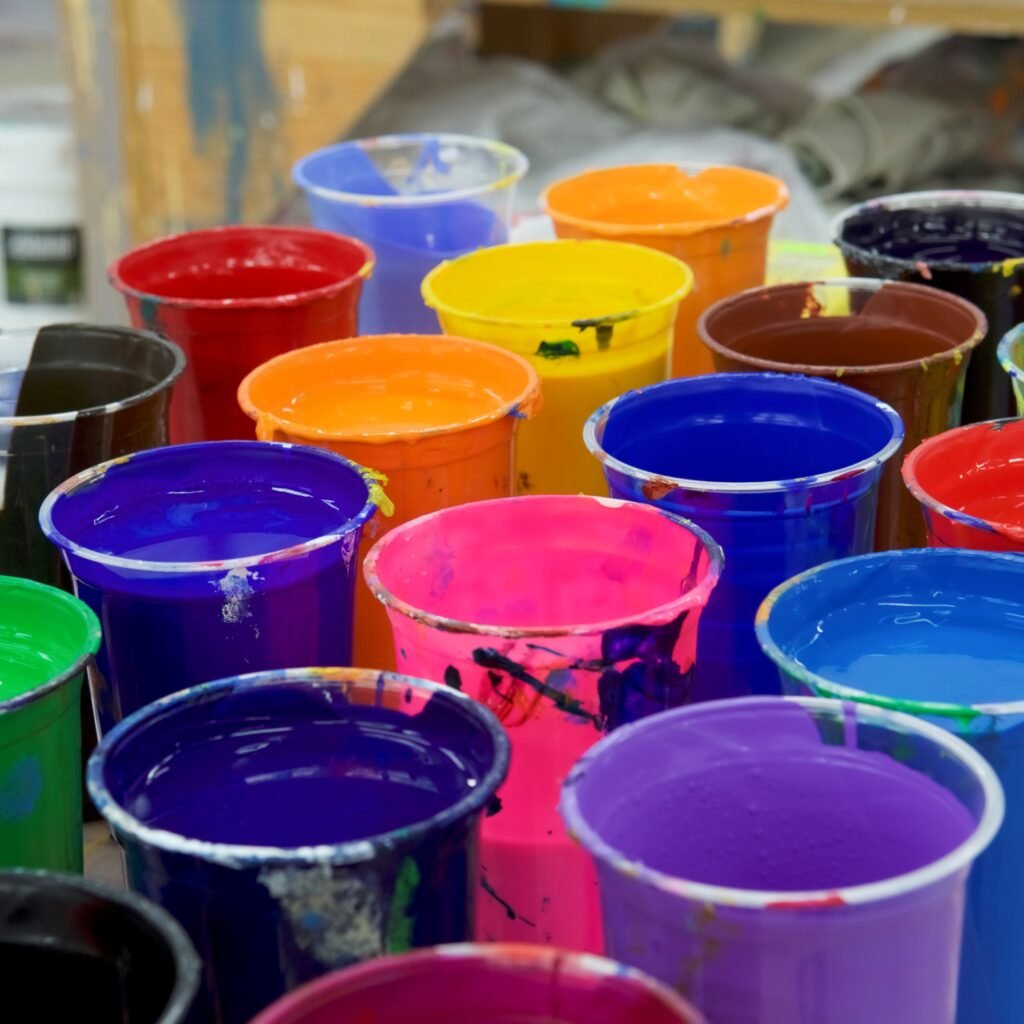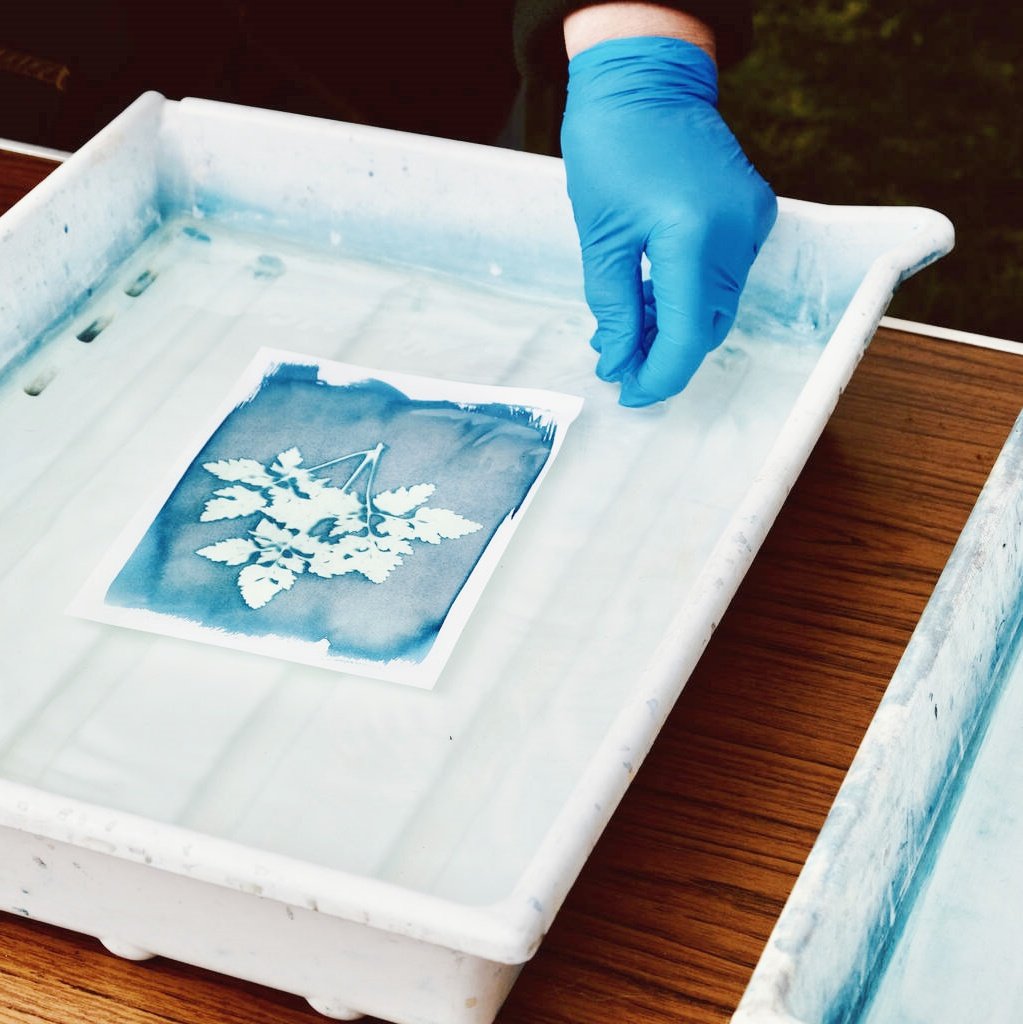In the printing industry, plastisol reflective ink is highly favored due to its unique reflective properties and weather resistance. Whether it’s used for traffic safety signs, outdoor billboards, sports equipment, or fashion accessories, plastisol reflective ink plays an irreplaceable role. However, achieving the desired printing effect is not easy. This article will explore the various factors that affect the printing effect of plastisol reflective ink and pay special attention to the performance of plastisol reflective ink plastisol ink reflective under different conditions.
I. Ink Formulation and Composition
1.1 The Optimal Ratio of Plastisol Ink Quart
The basic formulation of plastisol ink is crucial to its printing effect. The optimal ratio of plastisol ink quart requires precise control of the proportions of resin, plasticizer, pigment, and additives. For reflective ink, special reflective particles need to be added, which can produce a strong reflective effect under light illumination. Therefore, choosing high-quality plastisol ink quart best prices is not only about cost but also about the final print quality.
1.2 Customizing the Plastisol Ink Recipe
Each printing project has its unique requirements, so customizing the plastisol ink recipe based on those requirements is particularly important. For example, for applications requiring high reflectivity, it may be necessary to increase the content of reflective particles; for substrates requiring good adhesion, the type and proportion of resin need to be adjusted.
II. Ink Dilution and Adjustment
2.1 Using Plastisol Ink Reducer for Polyester
When printing on polyester materials with plastisol reflective ink, selecting the appropriate plastisol ink reducer is crucial. Plastisol ink reducer for polyester can not only adjust the viscosity of the ink to make it more suitable for printing equipment but also improve the adhesion and drying performance of the ink on polyester materials.
2.2 The Impact of Reducer on Reflective Effect
The amount of reducer directly affects the concentration and reflective effect of the ink. Excessive reducer can reduce the reflective performance of the ink, while insufficient reducer may cause printing difficulties. Therefore, precise control of the reducer dosage is key to ensuring the printing effect of reflective ink.
III. Printing Process and Equipment
3.1 Choice of Printing Methods
Different printing methods (such as screen printing, thermal transfer printing, gravure printing, etc.) have a significant impact on the printing effect of plastisol reflective ink. Screen printing is particularly suitable for printing complex reflective patterns due to its fine lines and rich color gradations; while thermal transfer printing is more suitable for printing on curved or irregular materials.
3.2 Adjustment of Printing Equipment
The precision, pressure, and speed of printing equipment all affect the transfer and drying effect of the ink. For reflective ink, special attention needs to be paid to adjusting the printing pressure to ensure that the ink can be transferred uniformly and sufficiently to the substrate.
IV. Selection and Preparation of Substrates
4.1 Types of Substrates
Plastisol reflective ink is suitable for various substrates, such as polyester, nylon, PVC, etc. Different types of substrates have different requirements for ink adhesion and drying speed. For example, polyester materials require special diluents and curing conditions to ensure strong adhesion of the ink.
4.2 Pretreatment of Substrates
The cleanliness and surface roughness of the substrate have a significant impact on the printing effect of the ink. Clean substrates can reduce contamination and poor adhesion of the ink; appropriate surface roughness aids in ink penetration and adhesion.
V. Environmental Factors and Post-Processing
5.1 Control of Temperature and Humidity
The temperature and humidity of the printing environment have a significant impact on the drying speed and curing effect of plastisol reflective ink. Excessive temperature and humidity can cause the ink to dry too quickly, leading to cracking or peeling; while low temperature and humidity can prolong the drying time, affecting production efficiency.
5.2 Post-Processing Techniques
Curing treatment after printing is a key step to ensure stable ink performance. Through appropriate curing temperature and time, the ink can be fully crosslinked, improving adhesion and abrasion resistance.
VI. Case Studies and Practical Experience
6.1 Typical Application Cases
By analyzing several typical cases of plastisol reflective ink printing, we can gain a deeper understanding of the ink’s performance on different substrates and with different printing processes. For example, in the printing of traffic signboards, the brightness and durability of reflective ink are key indicators; while in sports equipment, the flexibility and comfort of the ink need to be considered.
6.2 Summary of Practical Experience
Years of practical experience have shown that to achieve the desired printing effect, it is necessary to comprehensively consider and finely adjust multiple factors, including ink formulation, printing process, substrate selection, and environmental control.
Conclusion
The printing effect of plastisol reflective ink is influenced by various factors, including ink formulation and composition, dilution and adjustment, printing process and equipment, substrate selection and preparation, as well as environmental factors and post-processing. Among them, the performance of plastisol reflective ink (plastisol ink reflective) is the core, and its reflective properties, adhesion, and abrasion resistance directly determine the quality and application range of the printed products. By precisely controlling these factors, the printing effect of plastisol reflective ink can be significantly improved to meet the needs of various complex applications.


